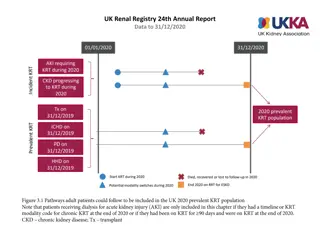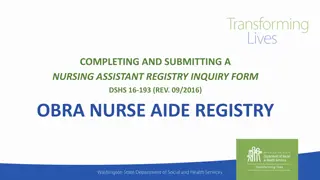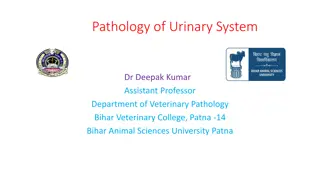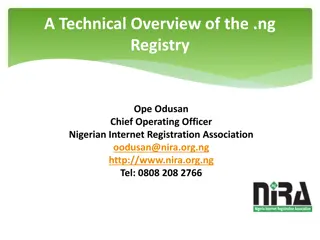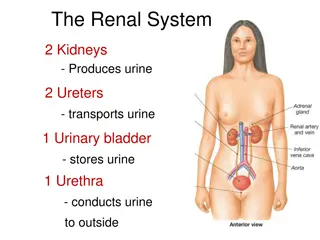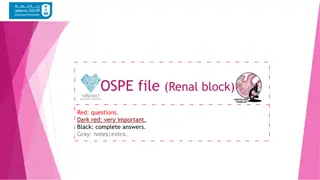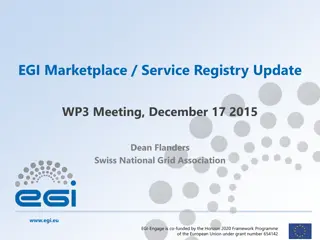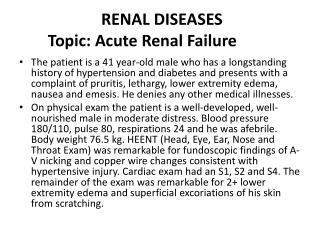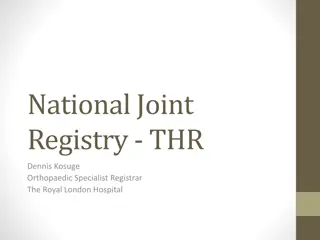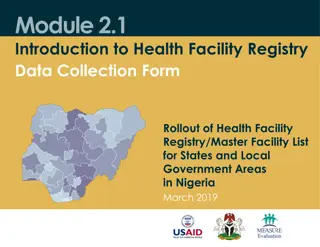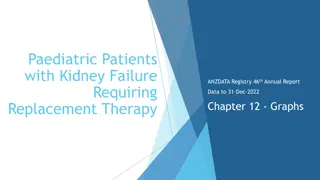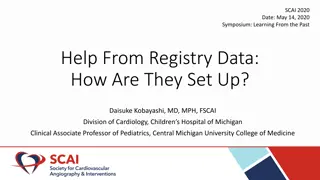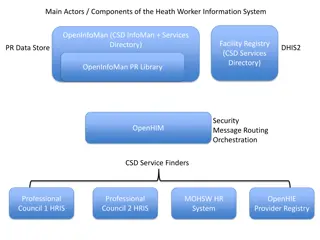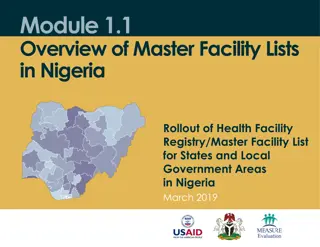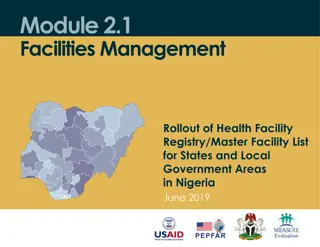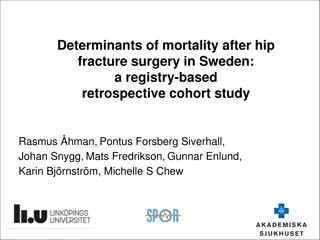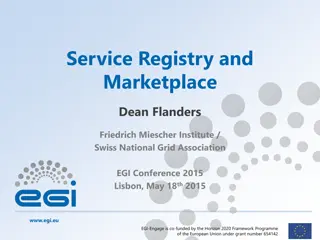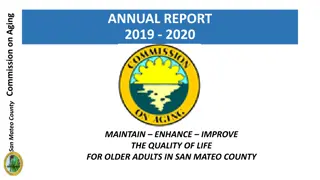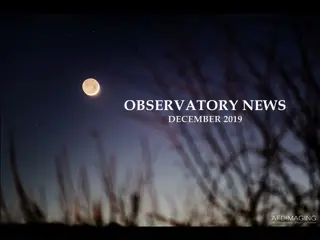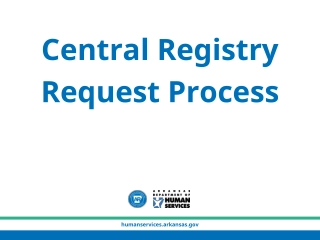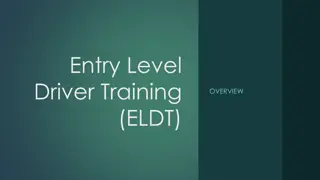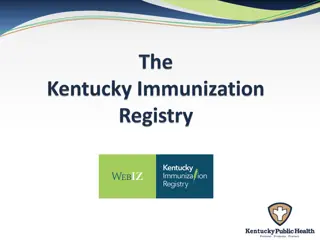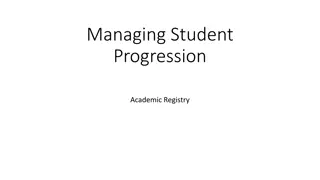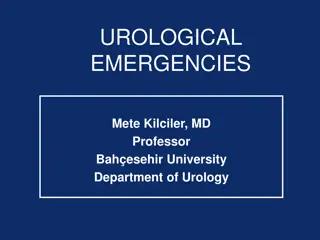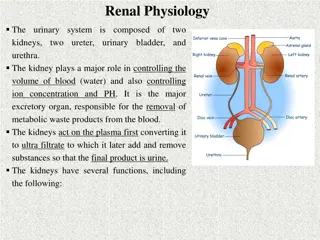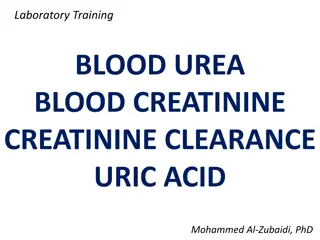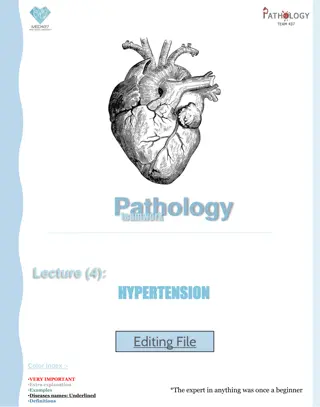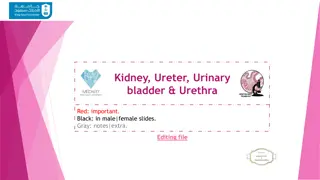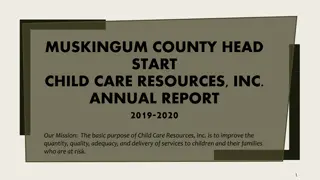UK Renal Registry 23rd Annual Report Data 2019
The UK Renal Registry's 23rd Annual Report provides detailed data on patients starting renal replacement therapy (RRT) up to December 31, 2019. The report includes figures illustrating dialysis use, RRT incidence rates by country and age group, transplant status analysis, and RRT modality outcomes for adult patients in 2018. The data highlights trends in RRT initiation, patient demographics, and treatment modalities for end-stage kidney disease.
Download Presentation

Please find below an Image/Link to download the presentation.
The content on the website is provided AS IS for your information and personal use only. It may not be sold, licensed, or shared on other websites without obtaining consent from the author. Download presentation by click this link. If you encounter any issues during the download, it is possible that the publisher has removed the file from their server.
E N D
Presentation Transcript
UK Renal Registry 23rd Annual Report Data to 31/12/2019 Figure 2.1 Example histories for patients starting RRT, illustrating the use of timeline codes to define dialysis as being acute or for ESKD Note that patients who recovered renal function before 90 days on dialysis are not included in this chapter, whether they were coded as AKI or ESKD. Note that patients who followed patterns B E received RRT for ESKD and are counted as incident to RRT throughout this report. Patients who followed pattern A are not counted as incident to RRT and do not feature in this chapter.
UK Renal Registry 23rd Annual Report Data to 31/12/2019 Figure 2.2 Adult RRT incidence rates by country between 2009 and 2019 pmp per million population
UK Renal Registry 23rd Annual Report Data to 31/12/2019 Figure 2.3 Adult RRT incidence rates by age group between 2009 and 2019 pmp per million population
UK Renal Registry 23rd Annual Report Data to 31/12/2019 Figure 2.4 Incidence rates for adult patients starting RRT in 2019 by age group and sex pmp per million population
UK Renal Registry 23rd Annual Report Data to 31/12/2019 Figure 2.5 Transplant-status (listed or transplanted) at the start of RRT for adult patients incident to RRT in 2019 by centre Analysis is adjusted for age, sex and PRD (diabetes versus non-diabetes).
UK Renal Registry 23rd Annual Report Data to 31/12/2019 Figure 2.6 RRT modality at 1 year for incident adult RRT patients who started RRT in 2018 by centre Number of patients in a centre in brackets. Out moved out of a centre but did not reappear in another centre; Rec recovered kidney function; Stop treatment withdrawal
UK Renal Registry 23rd Annual Report Data to 31/12/2019 Figure 2.7 RRT modality at 1 year for incident adult PD patients who started RRT in 2018 by centre Number of patients in a centre in brackets. Out moved out of a centre but did not reappear in another centre; Rec recovered kidney function; Stop treatment withdrawal
UK Renal Registry 23rd Annual Report Data to 31/12/2019 Figure 2.8 Percentage of incident adult RRT patients presenting late (<90 days) to a nephrologist (2018 2019 2 year cohort) CI confidence interval
UK Renal Registry 23rd Annual Report Data to 31/12/2019 Figure 2.9 Geometric mean estimated glomerular filtration rates (eGFR) for adult patients incident to RRT in 2019 by age group and start modality CI confidence interval
UK Renal Registry 23rd Annual Report Data to 31/12/2019 Figure 2.10 Percentage of adult patients incident to RRT in 2019 with haemoglobin (Hb) 100 g/L at start of RRT treatment by centre CI confidence interval
UK Renal Registry 23rd Annual Report Data to 31/12/2019 Figure 2.11 Distribution of haemoglobin (Hb) in incident adult RRT patients by year of start between 2010 and 2019
UK Renal Registry 23rd Annual Report Data to 31/12/2019 Figure 2.12 Percentage of adult patients incident to RRT in 2019 with adjusted calcium (Ca) above the normal range (>2.5 mmol/L) by centre CI confidence interval
UK Renal Registry 23rd Annual Report Data to 31/12/2019 Figure 2.13 Dialysis access used for adult patients incident to RRT in 2019 by age group (2019 Multisite Dialysis Access Audit) AVF arteriovenous fistula; AVG arteriovenous graft; NTL non-tunnelled line; TL tunnelled line
UK Renal Registry 23rd Annual Report Data to 31/12/2019 Figure 2.14 Dialysis access used for adult patients incident to RRT in 2019 by primary renal disease (2019 Multisite Dialysis Access Audit) AVF arteriovenous fistula; AVG arteriovenous graft; NTL non-tunnelled line; TL tunnelled line
UK Renal Registry 23rd Annual Report Data to 31/12/2019 Figure 2.15 Dialysis access used for adult patients incident to RRT in 2019 by presentation time (2019 Multisite Dialysis Access Audit) AVF arteriovenous fistula; AVG arteriovenous graft; NTL non-tunnelled line; TL tunnelled line
UK Renal Registry 23rd Annual Report Data to 31/12/2019 Figure 2.16 First dialysis access used for adult patients incident to RRT in 2019 by centre (2019 Multisite Dialysis Access Audit) Number of incident patients on RRT in a centre in brackets. Centres are ordered by decreasing use of lines. AVF arteriovenous fistula; AVG arteriovenous graft; NTL non-tunnelled line; TL tunnelled line
UK Renal Registry 23rd Annual Report Data to 31/12/2019 Figure 2.17 Percentage of adult patients incident to HD in 2019 who started dialysis using either an arteriovenous fistula (AVF) or an arteriovenous graft (AVG) by centre, excluding late presenters (2019 Multisite Dialysis Access Audit) Centres with <70% completeness of access data for all dialysis patients were excluded. No further exclusion for completeness in HD patients was applied. Therefore, data completeness for some centres is less than in other caterpillar plots in this report. CI confidence interval
UK Renal Registry 23rd Annual Report Data to 31/12/2019 Figure 2.18 1 year after 90 days survival (adjusted to age 60 years) of incident adult RRT patients by start modality between 2009 and 2018 CI confidence interval
UK Renal Registry 23rd Annual Report Data to 31/12/2019 Figure 2.19 90 days, 1 year and 1 year after 90 days survival of incident adult RRT patients by age group (2018 cohort) CI confidence interval
UK Renal Registry 23rd Annual Report Data to 31/12/2019 Figure 2.20 1 year after 90 days death rate per 1,000 incident RRT adult patient years by age group and country (2015 2018 4 year cohort)
UK Renal Registry 23rd Annual Report Data to 31/12/2019 Figure 2.21 Survival (unadjusted) of incident adult RRT patients from day 0 by age group (2009 2018 10 year cohort)
UK Renal Registry 23rd Annual Report Data to 31/12/2019 Figure 2.22 Monthly hazard of death (unadjusted) of incident adult RRT patients from day 0 to 1 year by age group (2009 2018 10 year cohort)
UK Renal Registry 23rd Annual Report Data to 31/12/2019 Figure 2.23 6 monthly hazard of death (unadjusted) of incident adult RRT patients from day 0 to 8 years by age group (2008 2017 10 year cohort)
UK Renal Registry 23rd Annual Report Data to 31/12/2019 Figure 2.24 1 year after 90 days survival (adjusted to age 60 years) of incident adult RRT patients by centre (2015 2018 4 year cohort)
UK Renal Registry 23rd Annual Report Data to 31/12/2019 Figure 2.25 1 year after 90 days survival (adjusted to age 60 years, male and median comorbidity score) of incident adult RRT patients by centre (2015 2018 4 year cohort)


